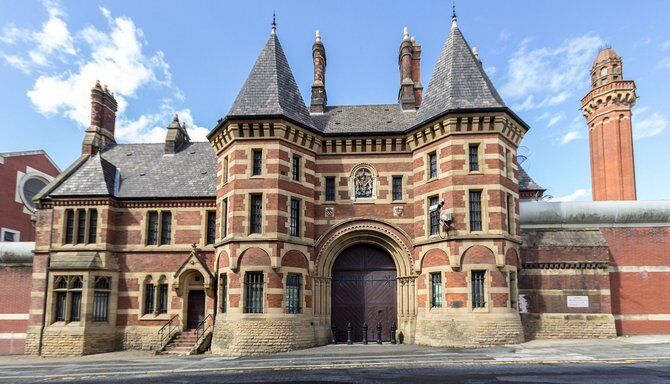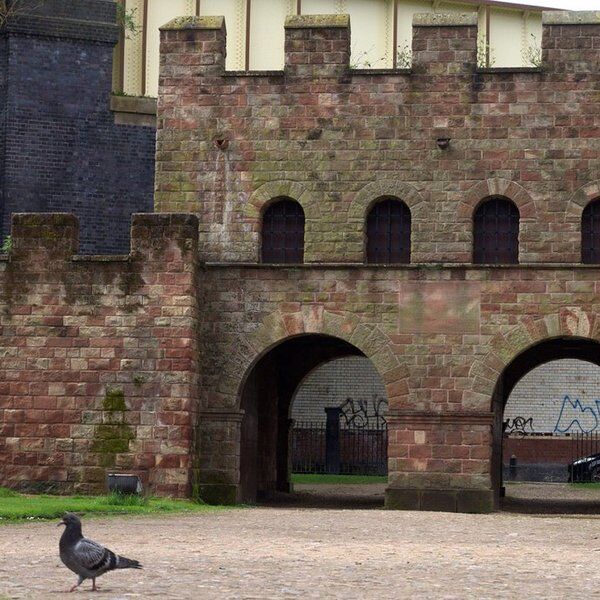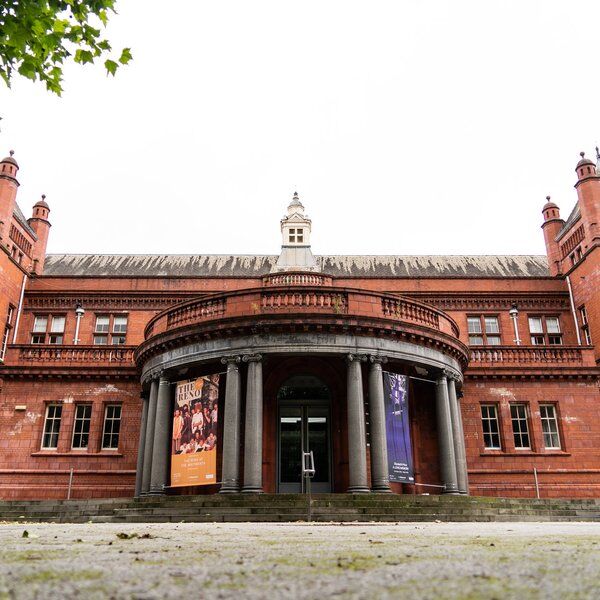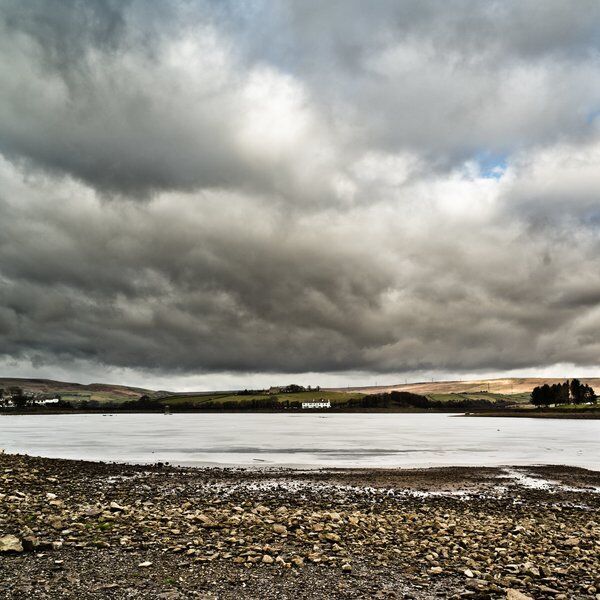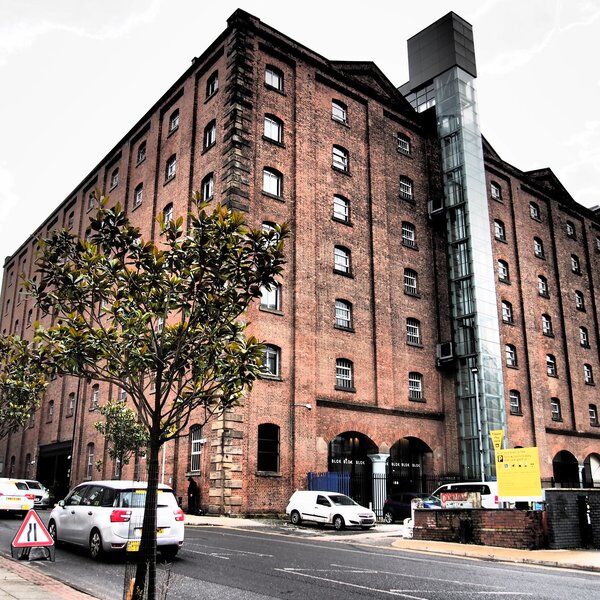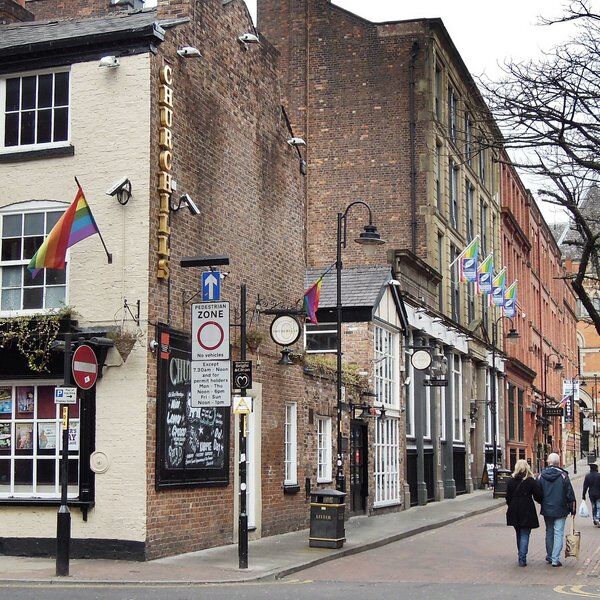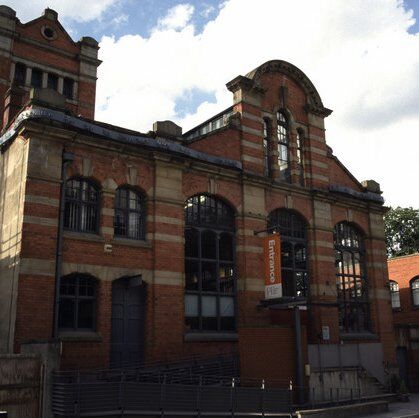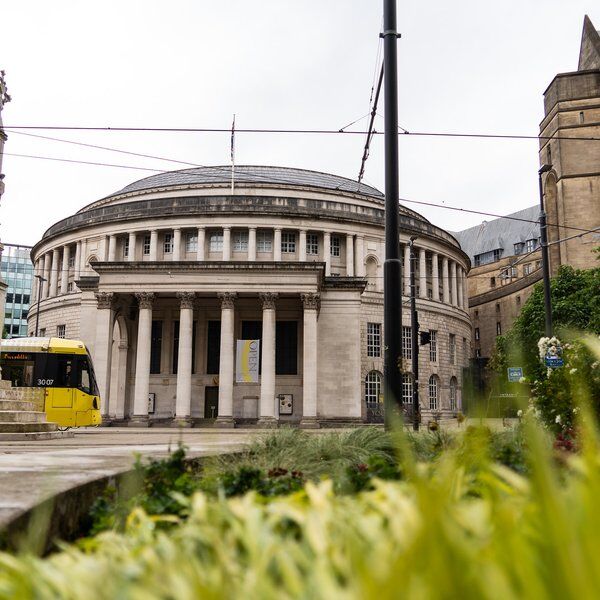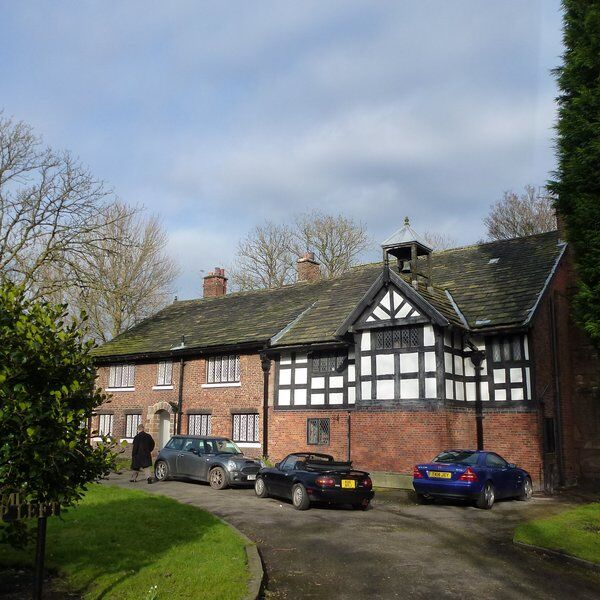'NO DEAD,' read the banner on the roof of Strangeways Prison on day 2 of the now infamous Strangeways Prison riot. According to the media, between 11-20 prison officers had been killed. There were in fact no dead.
The media continued to report their false figures. A new banner was unveiled. 'MEDIA CONTACT NOW'. The rioting prisoners needed a way to make themselves heard. They were being portrayed as villains when really they were victims with very valid grievances. These are the demands they outlined when finally they were contacted by the press:
- Improved visiting facilities and rights to physical contact with visitors and a children's playing area.
- Category A prisoners to be allowed to wear their own clothes and receive food parcels.
- Longer exercise periods.
- An end to 23 hour-a-day lock-up.
This was apparently too much to ask for.
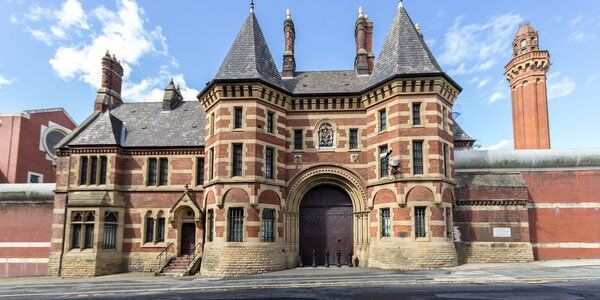
What Triggered The Strangeways Prison Riot
The riot began in earnest on April 1st, 1990, but tensions had been building for a long time before that.
The prison was overcrowded. It was designed to hold 970 prisoners but at the time contained over 1600. On top of this, the prisoners were frequently mistreated. Some were even locked up for over 22 hours a day.
Not one week prior to the riot a pair of prisoners had staged a 20 hour protest on the roof. A couple of days later there had been a sit down protest in the chapel. This had only been defused when a guard had promised that prisoner grievances would be listened to. That same evening a prisoner was assaulted by officers and injected with sedatives.
That was last straw.
Strangeways Prison Riot Begins
The next day, during chapel, the prisoners rose up. Using fire extinguishers, table legs and fire buckets, they attacked the prison officers, taking their keys.
The chapel was evacuated by prison staff, and later the rest of the prison too.
Not all prisoners rioted- 1100 had surrendered by the end of the day,-but those who did trashed their cells, the prison corridors, the walls around them. Between 200-350 occupied the roof, where they unveiled their banner: 'NO DEAD'.
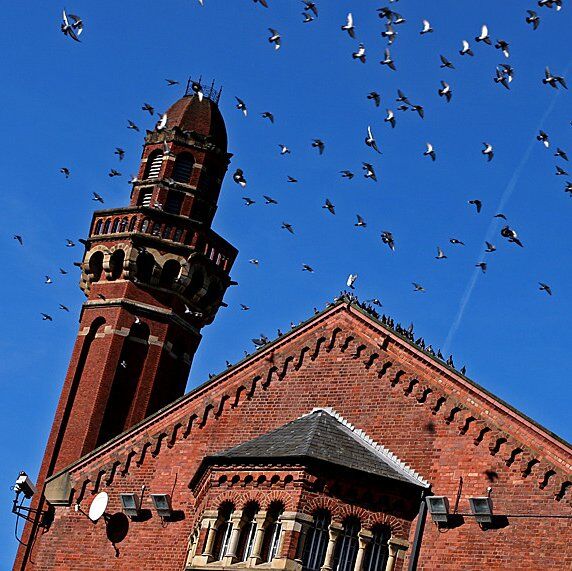
The Demands Are Not Met
Despite accounts of mental and physical brutality used by the guards, along with forcefully administered sedatives, the prisoners' demands were not even addressed.
Describing the riot as 'an explosion of evil', the prison Governor refused to acknowledge any guilt. Instead, he had his officers plast loud music, yell abuse, bang their shields and shine lights at the roof in an effort to weaken the prisoners' resolves.
Gradually their numbers dwindled.
By day 10 there were only 13 left and, by the time negotiations were at last opened on day 17 that number had shrunk to 7. Lord, the negotiator representing the prisoners, was taken captive on the way to negotiations on day 23. The remaining prisoners surrendered two days later.
When the prisoner officers retook the roof they adorned it with a banner of their own, 'HMP IN CHARGE- NO VISITS'.
Further Protests And Reforms
During the 25 days of the Strangeways Prison riot, solidarity protests broke out in prisons up and down the country. 'STRANGEWAY, WE ARE WITH YOU', read a banner hung from the roof of HM Prison Dartmoor, during one such protest.
The state of prisons in the country was subsequently investigated and found to be woeful. A five month public inquiry, culminating in the Woolf Report, concluded that the UK penitentiary system was in dire need of reform.
Strangeways Prison Into The Modern Day
Despite this, Strangeways remains of questionable repute into the modern day. Following the riots it was repaired at a cost of £127.8m (adjusted for inflation). This figure looks particularly large when considering it was initially built for just £16.2m (again, adjusted for inflation). It reopened in 1994.
Since then it has become known for suicides. A 2017 report described it as 'squalid, vermin infected and reminiscent of Dickensian England'.

Strangeways Prison Before The Riot
The prison was first completed in 1869 on the grounds of Strangeways Park and Gardens. All of its most distinctive features were present at the time: the 234ft ventiliation tower, the 'impenetrably' thick walls, the star-shaped design.
It is notorious for being one of the few prisons to have had permanent gallows and, between opening in 1869 and the abolition of the death penalty in 1965, 100 prisoners were executed there. Once killed, they were buried in unmarked graves on the prison grounds where they remained until 1991, when they were exhumed and cremated.
A special execution room and cell was added after WW1. Prior to this an execution 'shed' was used.
Interested in finding more places like this? Try one of our Secret City Manchester Treasure Hunts - untangle cryptic clues as a team, as you are taken on a journey to the most unique, unusual and bizarre corners of Manchester.
One More Thing...
Strangeways Prison has been immortalised in the title of Smiths' final studio album: Strangeways, Here We Come.
Read more about England's prisons in our article on Wormwood Scrubs and on penal institutions further afield in our Fremantle Prison, Old Melbourne Gaol, Cockatoo Island, Conciergerie and Abbotsford Convent posts.
